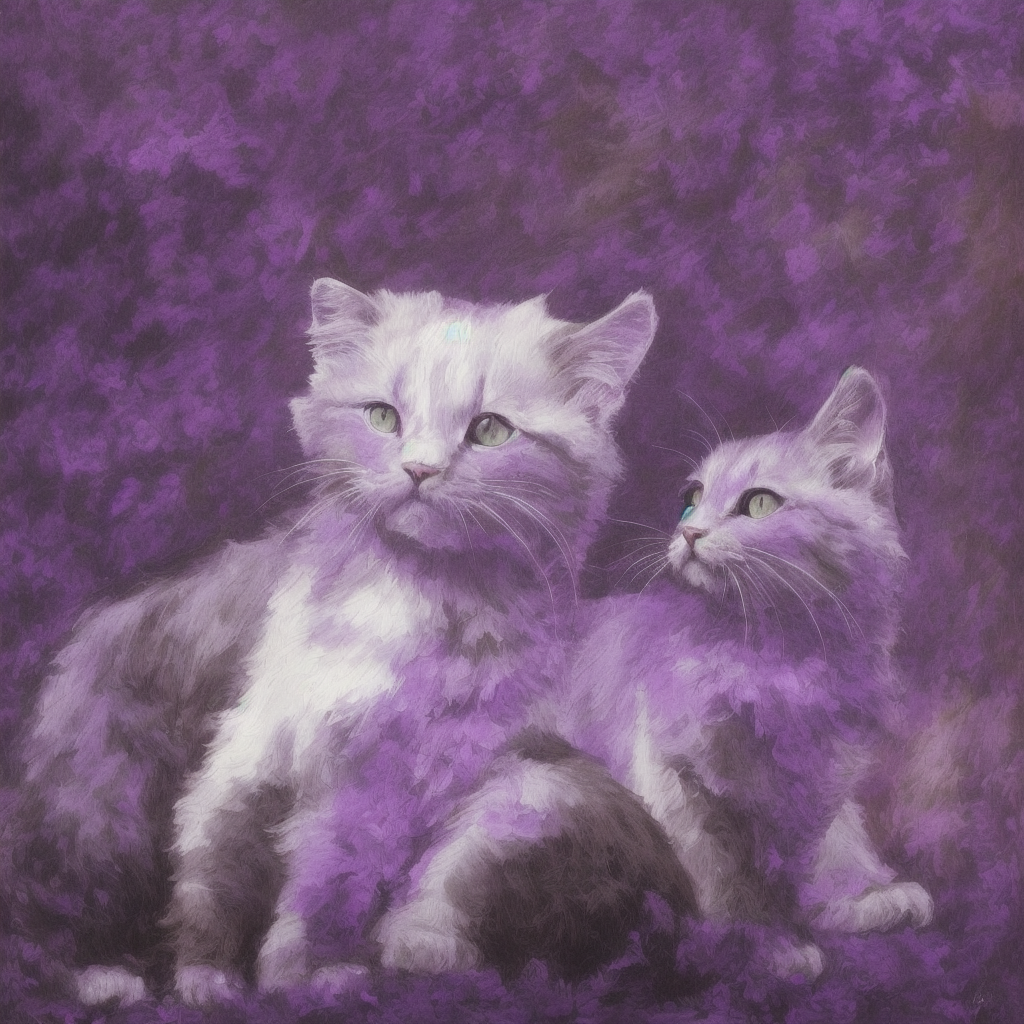Michelangelo and the color Purple

Michelangelo's unique use of the color purple in his artwork is a fascinating aspect of his artistic style. During the Renaissance period, purple was a color associated with royalty, luxury, and spirituality. Known as the color of emperors and kings, purple was often reserved for the most important figures in religious and secular art.One of Michelangelo's most renowned works featuring the color purple is the Sistine Chapel ceiling, particularly in the fresco painting of The Prophet Isaiah. In this masterpiece, Michelangelo used a rich and vibrant purple hue to depict the robe of the prophet, emphasizing his importance and divine connection. The deep purple color stands out against the warm tones of the surrounding figures, drawing the viewer's attention to Isaiah as a central figure in the composition.Michelangelo's artistic technique in using purple involved layering different shades to create depth and intensity. By mixing blue and red pigments, he was able to achieve a wide range of purple tones, from dark and dramatic to light and ethereal. His mastery of color blending and shading allowed him to create a sense of volume and texture in his paintings, making the purple tones come alive on the canvas.In an imaginative interpretation, one could see Michelangelo's use of purple as symbolic of transcendence and spirituality. The color purple has long been associated with mystical experiences and the divine realm, suggesting that Michelangelo sought to elevate his subjects to a higher spiritual plane through the use of this regal color. By infusing his artwork with purple hues, Michelangelo may have intended to convey a sense of awe, reverence, and connection to the divine, inviting viewers to contemplate the deeper meanings behind his compositions.In conclusion, Michelangelo's unique use of the color purple in his artwork not only reflects the historical context of the Renaissance period but also showcases his technical skill and artistic vision. Through his strategic placement of purple tones and careful attention to detail, Michelangelo created timeless masterpieces that continue to captivate and inspire audiences to this day.